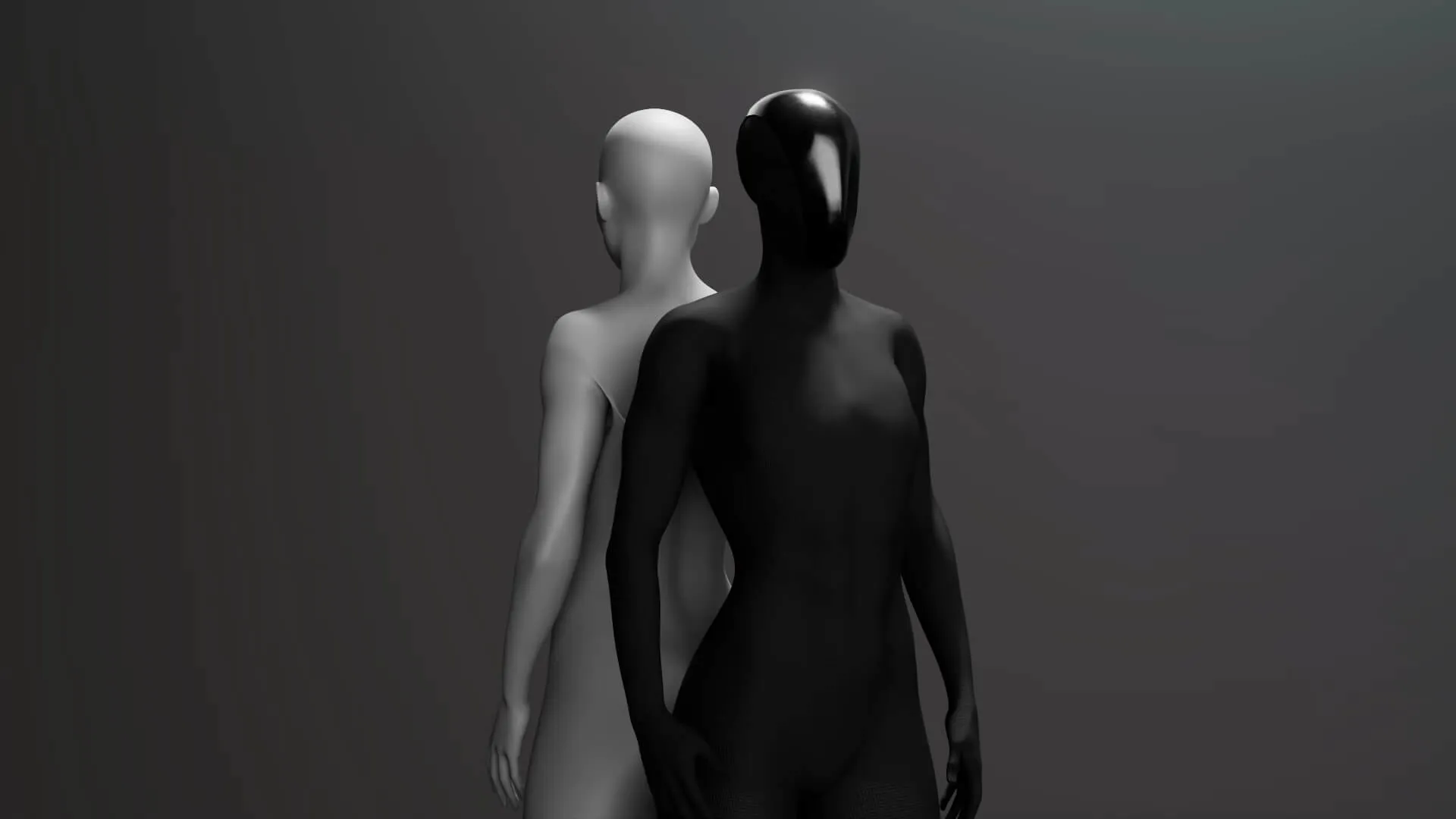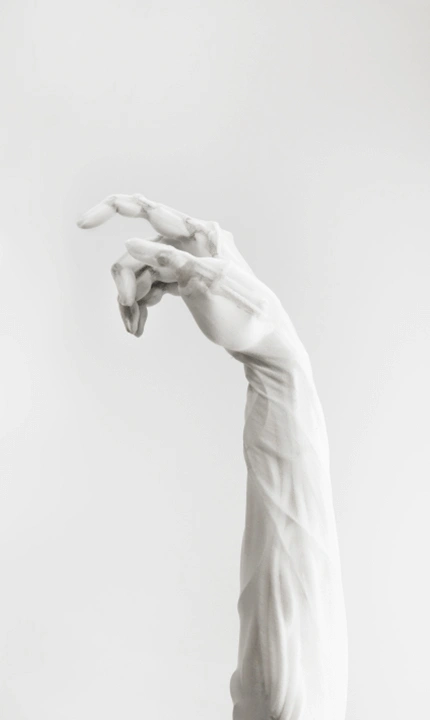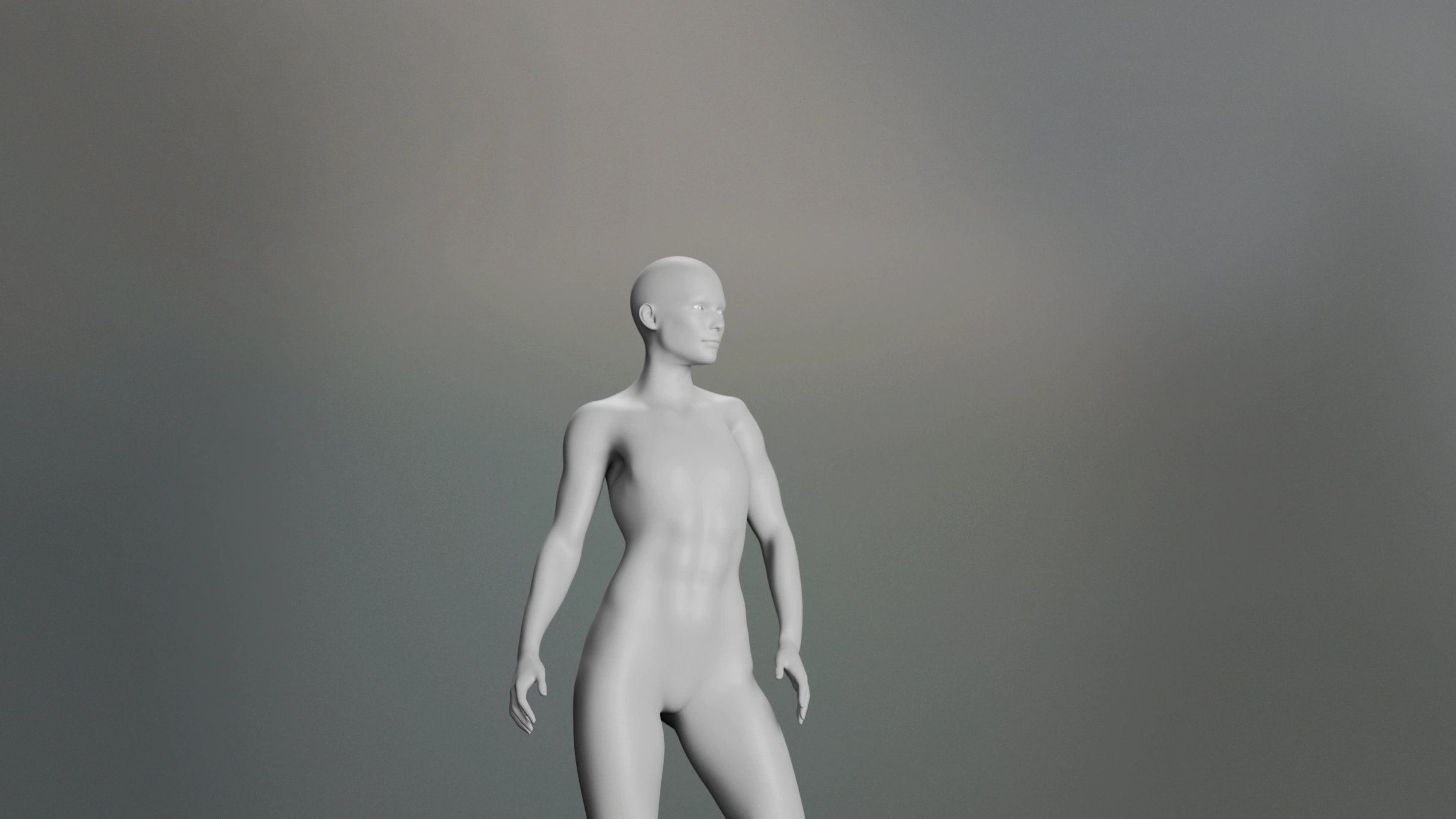


In development
Neoclone
Neo is Clone’s vision of a limitless future for human beings.
Latest news
Stay up to date with the latest developments of Clone’s next-generation androids!



Neo is Clone’s vision of a limitless future for human beings.
Stay up to date with the latest developments of Clone’s next-generation androids!